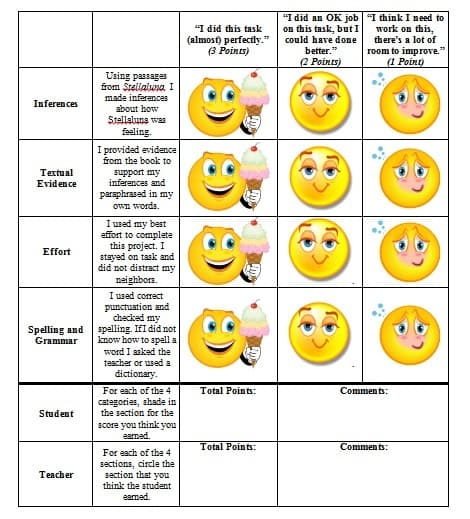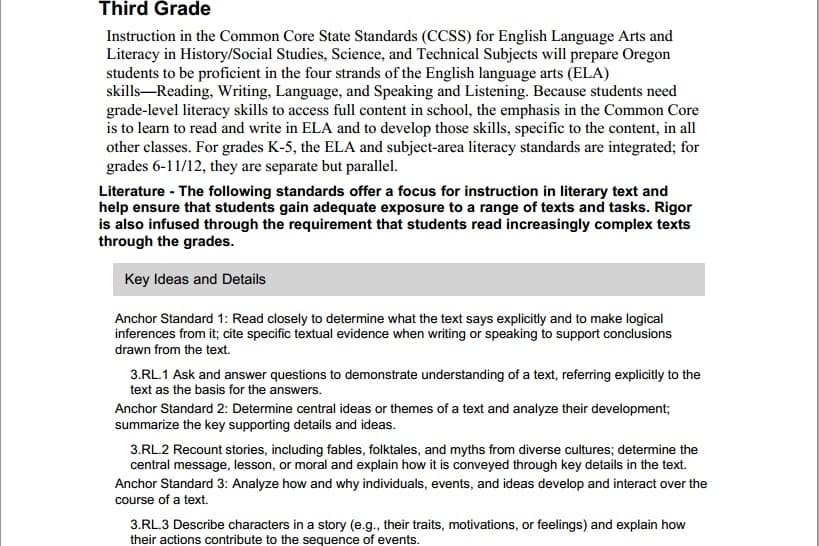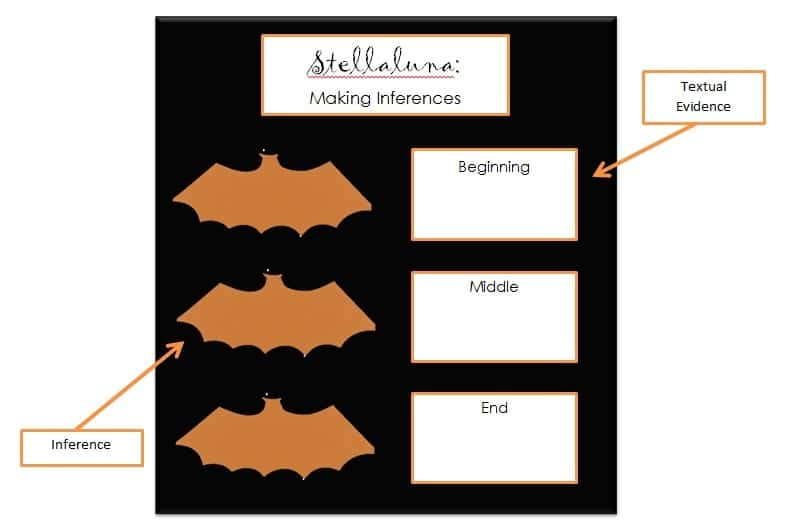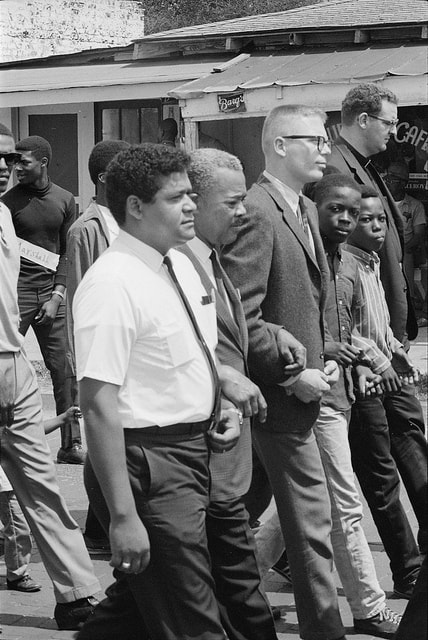Batty About Bats Unit: Stellaluna Character Inferences and Development
Content
As per the Oregon standards for 3rd grade, the students will work on their ability to make inferences and track character development in a work of fiction. In this lesson, we will be looking specifically at Stellaluna by Janell Cannon while meeting the guidelines set in the following standard 3.RL.3:
Process
Together as a class, we will read Stellaluna. Before reading, I will also ask the class to pay special attention to how Stellaluna changes in the beginning, middle, and end. Then, I will model the inference-making process via a poster on the board so they can see what the expectations are for this activity. To begin, I will redirect the students to the beginning of the story, point out a sentence, and ask them to think about how Stellaluna is feeling or thinking based on what the author has told us. Is she scared? Happy? Hungry? As a class, we will come up with at least 1 inference for each section. Then, the students will brainstorm additional words for their final product with the help of their table group and the teacher(s).
Product
For the final product the students will create the following:
Inside the bats, the students will write the inferences they have chosen to describe Stellaluna at each part of the story. In the boxes they will provide the textual evidence they used to make the inference, paraphrased in their own words. The teacher will use the product to evaluate the students’ understanding of making inferences and character development. Then, they will be displayed around the room so the students can see their work and the work of their peers. The students may work in their table groups if they wish, but each student will make their own poster.
Thank you to Linda from Around the Kampfire for her inspiring lesson on bats from which my activity template was created. If you want to see how she used the template to create a lesson on Stellaluna’s responses to different situations check our her fantastic blog post!
Evaluation
 If I want to do a formal evaluation process, I will use this rubric. Students will shade in the boxes with the faces/point values that they think best describe their work. Then, they will write comments to further reflect on the activity. I will circle the faces/point values I think they deserve and write in my own feedback. The rubric should be returned to students so they can accrue a sense of their progress and make note of how they can improve for next time.
If I want to do a formal evaluation process, I will use this rubric. Students will shade in the boxes with the faces/point values that they think best describe their work. Then, they will write comments to further reflect on the activity. I will circle the faces/point values I think they deserve and write in my own feedback. The rubric should be returned to students so they can accrue a sense of their progress and make note of how they can improve for next time.
Reflection
After creating my first lesson plan study assignment, I have learned quite a bit through not only the creation of the lesson, but also through the feedback of my peers. I came to class a little unsure of my work since I have not drafted many lesson plans in the past. However, I found that at the end of the day I was excited to try out my activities thanks to the enthusiasm of those who edited my lesson. I received thoughtful feedback that was both constructive and encouraging. My peers challenged me to look more closely at how my students will receive the lesson. Will they understand all the terms I’m using? Will they be able to finish the assignment in the time given? What are ways students with limited written communication can participate? Through these questions and others, I was able to alter my lesson plan so that it better fit my students. Thus, I really enjoyed this lesson plan study. It helped me build upon my ideas and improve them in a way that I would not have been able to do on my own. I look forward to continuing to work with this class and constructing more lessons!



 uss.
uss.
